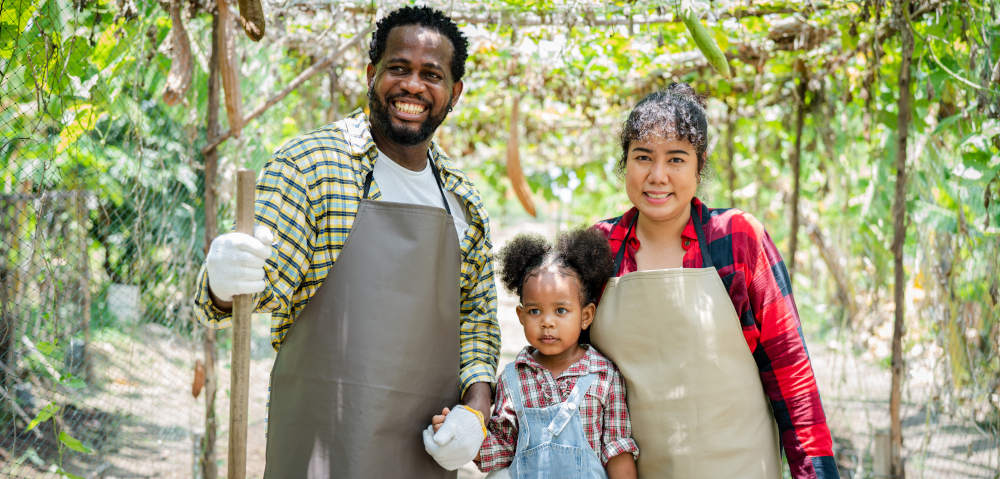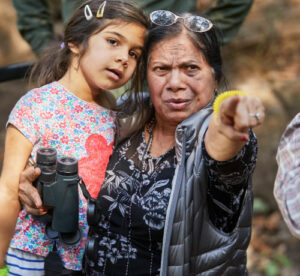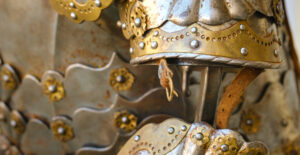
The mine was always there. Before the school, before the tar road, before the mobile signal reached these hills, it was the mine that came first. It carved out the landscape like a signature. A signature written not by a name, but by machines, sweat, and something older than memory. For decades, the mine dictated time. It woke the town before dawn and shut it down before midnight. It decided who stayed and who left, who found work and who waited. Generations of men vanished beneath the earth, came back coated in dust, or didn’t come back at all. And in their absence, it was women who held everything else together.
Now the mine is closed. But its outline remains, a hollowed shaft, broken conveyors, rust blooming on the old loading bay. The work is gone, but the women are still here. And so are the daughters.
The daughters walk past the mine every day on their way to school. They do not remember the noise, only the silence that came after. They’ve grown up in its shadow, not quite haunted, but shaped. Their stories are not the same as their mothers’, but the questions are, What is left when the gold runs out? And what kind of future do you build from leftover dust?
In the classrooms, lessons drift into conversations about mining not found in the textbooks, stories about protests, about land, about what was promised and never arrived. In these small villages, you can hear the seams of memory cracking open. A teacher speaks gently about economics, but the learners are already fluent in survival. They know about water shortages, about broken taps and boreholes. They know the smell of mercury. They know that the rich soil behind the school isn’t as safe as it looks.
Some of these daughters want to leave. Not out of anger, but out of clarity. They want something the mine couldn’t offer, a life shaped by more than extraction. They talk about becoming scientists, lawyers, engineers. But always, the stories come back to the mine. As if they need to rewrite it to free themselves from it. Others want to stay. They talk about fixing what was broken, planting again, building clinics and repairing water lines. They don’t speak of the mine with romance, but with resolve. The earth took much from their families. They want to give something back.
There’s no single narrative. Only scattered truths, like bits of quartz in red soil. In one village, a youth group meets under a tree once a week, creating theatre pieces based on their town’s history. In another, girls interview their grandmothers about what it was like to grow food next to a mine fence. The conversations are raw, quiet, deliberate.
And then there is the dust.
 The dust is always present. It gathers in corners, clings to curtains, coats the air on windless days. It’s more than a nuisance. It’s a reminder. Of what was stirred up, and what never really settled. It gets into your skin, into your lungs, into your stories. Some residents sweep it away like ritual. Others let it collect, as if naming it gives it less power.
The dust is always present. It gathers in corners, clings to curtains, coats the air on windless days. It’s more than a nuisance. It’s a reminder. Of what was stirred up, and what never really settled. It gets into your skin, into your lungs, into your stories. Some residents sweep it away like ritual. Others let it collect, as if naming it gives it less power.
The women speak of this dust like it has personality. Some say it carries memory. Others say it carries warning. But all agree: it never forgets. So what do the daughters inherit? Not wealth. Not even reliable land.
They inherit resilience. And questions. And stories wrapped in silence. They inherit the need to document, to archive in notebooks and phone recordings and oral interviews. They inherit laughter that is harder than it should be, and joy that blooms in defiance of everything that has been lost.
They also inherit a kind of wisdom that isn’t taught in cities. They know how to read soil. How to tell when a pipe is leaking underground by the sound it makes at night. They know which trees survive next to the mine dumps, and which ones fall silent. They don’t call this knowledge science. But it is. NGOs come and go. Government officials visit once in a while. Promises are made. But the real change moves slower, rooted in the daily acts of women who refuse to let the mine be the last thing that defines their home.
These women create cooperatives, grow vegetables, run feeding schemes from converted shipping containers. They rebuild in fragments, with secondhand tools and unshakable purpose. They don’t wait to be rescued. They create structure from loss. Community from absence.
It’s the way one woman teaches another how to purify water using charcoal and cloth. The way girls learn to record interviews on borrowed phones. The way elders explain the difference between dust that means wind is coming, and dust that means something else, something unsettling.
In this post-mine life, there are no neat conclusions. There are only attempts. Quiet, bold, everyday attempts to build something whole from something hollowed out.
Maybe one day these towns will no longer be called “mining towns.” Maybe the daughters will rename them with words that have nothing to do with what was taken, and everything to do with what remains. Until then, the drift holds their stories. Not frozen in time, but moving forward, scattered on wind, carried by footsteps.
The land listens. And this time, the daughters are the ones speaking.



